Adapt
For three months I’ve been taking improv classes at The Second City, hoping they’d improve my public speaking. (They have!)
Class begins at 7pm on Thursday nights. A few weeks ago, I got stuck at the office and left too late to catch the bus. Being rush hour, Uber was on surge pricing, so I reluctantly walked to the corner and caught a cab the old fashioned way.
Rarely do I get the opportunity for captive conversation with the front lines of an industry being disrupted as swiftly as Uber has upended the taxi business. I asked my driver if he was on Uber and he answered, “No. I’m a part-time driver, so I don’t have time to adapt to the new things that come out.”
We took Halsted north on our way from the West Loop to Old Town. As Halsted climbed to cross the river, we passed the Freedom Center – The Chicago Tribune’s printing plant that sits on a plot of land running nearly half-mile along on the river’s west bank.
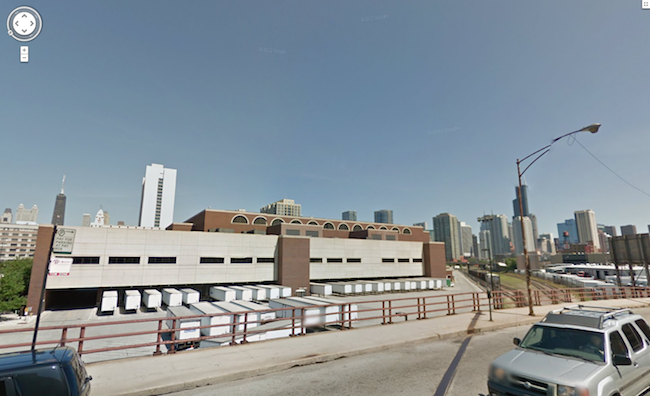
The Freedom Center opened in 1983. It’s most distinctive features are huge doors facing the river so that reams of paper weighing as much as a small car could be delivered by barge. Ground transportation turned out to be cheaper, so the doors go unused, but for thirty years, presses have run day and night, printing over a million papers every week.
Being a web developer, I’ve watched with a mix of fascination and schadenfreude as newspapers struggle to adapt to the changing ways in which readers consume information. The Sun Times and the Tribune are such omnipresent pillars of Chicago culture that sometimes it’s hard to imagine the city without them.
But a few miles away, another newspaper building sits also on the west bank of the river – Riverside Plaza at 400 W Madison, the former headquarters of the Chicago Daily News.
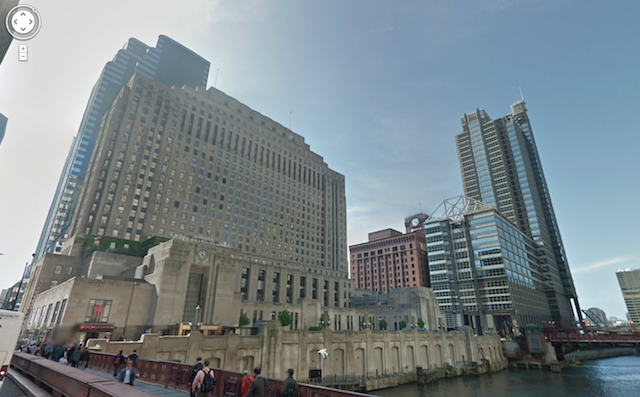
When I moved to Chicago eight years ago, my dad gave me what has become my favorite reminder of the impermanence of man-made institutions – the last edition of the Chicago Daily News which he picked up in 1978, the year before I was born, while he was finishing seminary at Northwestern University. Its lead-in reads, “It took 103 years to finish, and these are the final pages of the Chicago Daily News.”
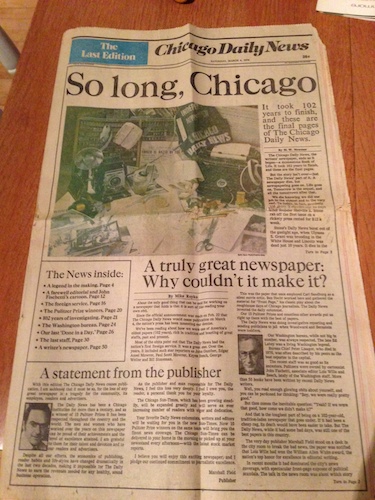
Though I didn’t expect it to become a collection, I recently added to this piece the final print edition of another Chicago based publication – The Onion. After 25 years, the Onion declared “Print Dead at 1803,” and shifted all resources to their online operations. President Mike McAvoy said, “We love print, but it’s hard to make money doing it. It’s hard to protect the past. You can’t. The world moves too quickly.”
This year, the number of weekday newspapers flowing out of the Freedom Center is down 12%, and The Tribune is investigating other uses for the building given “the trajectory of the printed newspaper business [compared] with the size and value of that land.” Fortunately, for the first time the Trib’s digital readership is growing faster than its print is atrophying.
As we drove past the the Freedom Center, the view opened up to reveal an even larger building on the opposite bank.
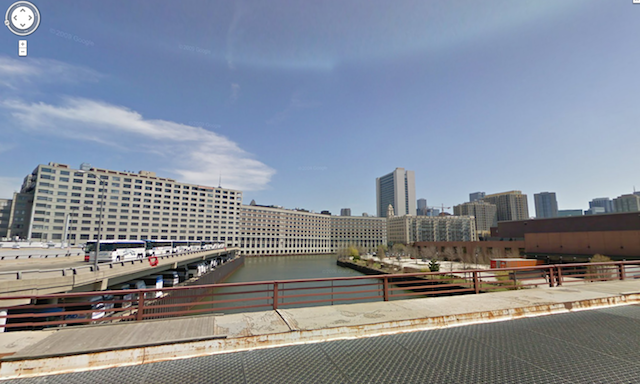
600 W Chicago is the former headquarters of Montgomery Ward, a mail order company launched in 1872 with a single 8 x 12” listing of 162 products. Consumers loved the convenience of shopping from home and having purchases delivered to their door just weeks later. The industry exploded, and a number of local competitors entered the market. Chicago became the mail order capital of the world and built a post office so big you could drive an expressway through it.
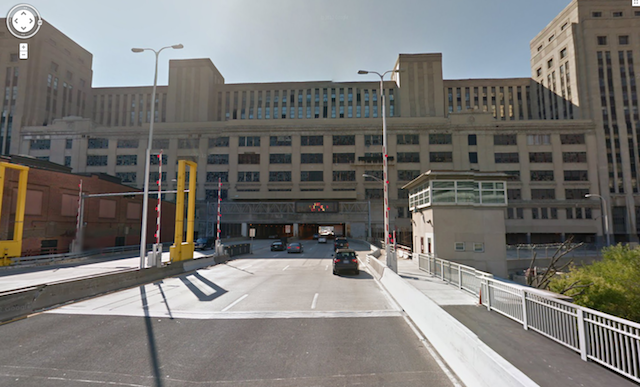
One of those upstart competitors, Sears, grew for eight decades, and in 1973 they built a tower that, for 25 years, held the distinction of Tallest Building in the World.
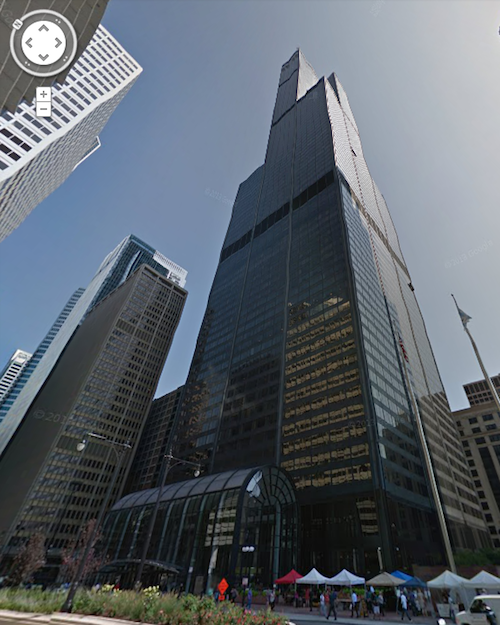
Today, to the chagrin of most Chicagoans, that building is named Willis Tower. The Old Chicago Main Post Office is vacant. Montgomery Ward is out of business, and 600 W Chicago is the home of Groupon, a company built on marketing dollars once spent on newspapers.
A drive through Chicago is a tour of monuments testifying to necessity of adaptation, warning of the threat posed by changing tides to even the strongest, most longstanding of institutions.
When my taxi got to The Second City, my driver's credit card machine wouldn’t process either of my cards. He pulled up to Walgreens and waited as I ran in to pull out cash from the ATM.
Next time I’ll pay the surge pricing.